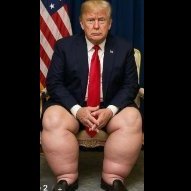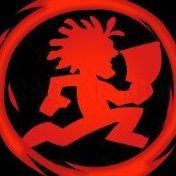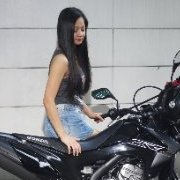German-Made Guns Fuel Both Sides of Myanmar’s Endless War
-
Recently Browsing 0 members
- No registered users viewing this page.
-
Topics
-
-
Popular Contributors
-
-
Latest posts...
-
2
-
277
Is Trump actually doing a better job than you expected?
Here ya go, more Trump WINNING on the economy. Enjoy, and go stuff another trump hatred turd sandwich down your pie-hole. How's that for more "blubber some more" whatever the fu*k that means. Maybe post something your corrupt cognitive challenged Biden, you Know, the dad dude that showers with his daughter, accomplished, something worthwhile and useful but not his typical dumpster fire disasters he levied on the country for 4 years. Aren't you proud of how Biden destroyed the country? Why don't you, instead of eating Trump hatred induced turd-wiches, give a list of actual, and factual, provable accomplishments of Biden, similar to what Trump has accomplished so far, in only 6 months. Just do it, show us what you got. Or, maybe just STFU and go back to your hater loser existence and stop trolling me and making insults because you can't deal with a Trump post showing his wins! -
27
Report Instant Savoury Delight: French Salami Debuts in Thai 7-Eleven
Plenty in Jomtien . -
77
UK Lionesses Roar Home: Fans Celebrate Euro 2025 Win with Style
Trophies only count since AFTER you were born ? Maybe we should begin again and change the year that you were born in to year 0000 ? -
77
UK Lionesses Roar Home: Fans Celebrate Euro 2025 Win with Style
..... not in my lifetime ..... not in most people's lifetime. Having to go back to the Bronze Age to dig up a victory is just sad. -
7
Trump-Epstein Breakup Due to Employee Poaching
Great of Donald Trump to give young people employment opportunities
-
-
Popular in The Pub












Recommended Posts
Create an account or sign in to comment
You need to be a member in order to leave a comment
Create an account
Sign up for a new account in our community. It's easy!
Register a new accountSign in
Already have an account? Sign in here.
Sign In Now